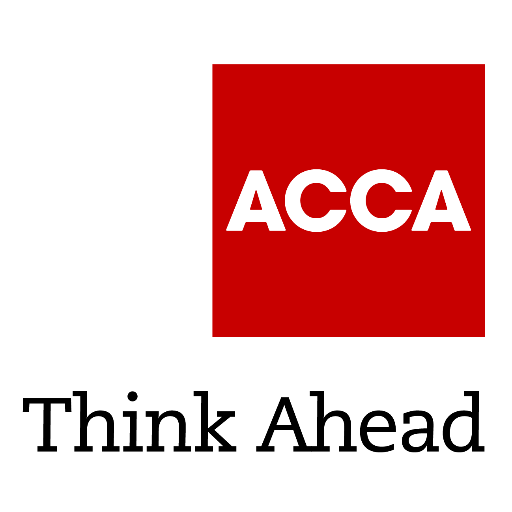Big 4 get input on how to treat GILTI under tax law

Big 4 firms are meeting with standard setters and regulators to get some consensus on how to report certain effects of tax reform when clarity on provisions within the massive tax law is still so elusive.
EY and Deloitte have published updates on their alerts to clients regarding how to explain to investors the effects of the 2017 year-end Tax Cuts and Job Act as directed by the Securities and Exchange Commission under Staff Accounting Bulletin No. 118. In recent meetings with staff members at the Financial Accounting Standards Board and the SEC, the Big 4 firms gained some technical blessing on a two-step method for reporting “global intangible low-taxed income,” or GILTI, as a deferred tax item.
According to EY’s update, the FASB staff says Accounting Standards Codification Topic 740 on income taxes is not explicit on how an entity would treat GILTI as it is described in the Tax Cuts and Jobs Act. Views are split on whether companies should recognize deferred taxes for temporary basis differences that are expected to reverse as GILTI in future years, or should instead include the tax on GILTI as tax expense in the year it is incurred. FASB has said companies can elect either method, but must make an accounting policy decision and must apply it consistently.
More recent questions, according to EY, have focused on how to account for GILTI in deferred taxes. Companies are not clear on whether to measure GILTI-related deferred taxes by looking to the inside basis differences of each controlled foreign corporation within the entity, or by looking only to the extent that a taxable outside basis difference exists in a particular controlled foreign corporation, or by some other method, EY says.
EY says staff members from both FASB and the SEC indicated they would regard a two-step model as consistent with the framework described in GAAP under ASC 740. The first step is to look through each controlled foreign corporation to the underlying recorded assets and liabilities, and the second step is to determine whether a residual outside basis difference exists.
The tax reform legislation subjects U.S. shareholders to current tax on GILTI arising from its controlled foreign corporations based on a highly complex formula. U.S. shareholders must identify their pro rata share of net income of its controlled foreign corporations and factor it with a return on specific tangible assets held by the controlled foreign corporation.
As companies await more specific guidance from the U.S. Treasury or the Internal Revenue Service, SAB 118 provides a means by which companies may report provisional amounts in financial statements until they have more clarity in a subsequent period. A recent Deloitte Webcast found plenty of companies are availing themselves of the 12-month transition-period reporting permitted under SAB 118.
Only 27 percent of individuals participating in Deloitte’s Webcast said their companies had completed their reporting of the effects of the tax reform law in the period of enactment, or the fourth quarter of 2017. Another 20 percent said they completed reporting in the first quarter of 2018, while 35 percent expect to complete their reporting at the end of 2018. The remainder were split in completing reporting in the second and third quarters of 2017.









